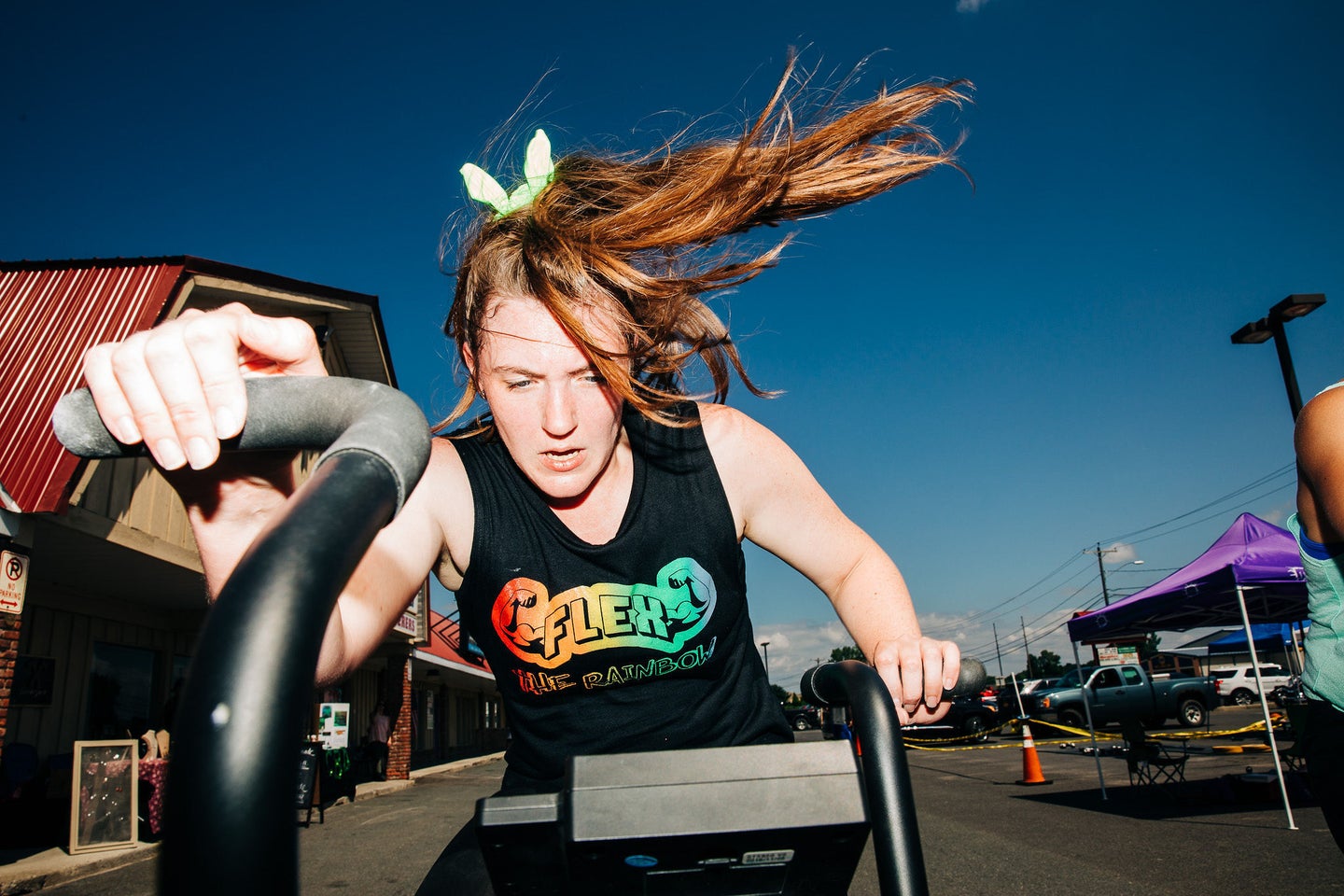How to take good pictures in bright sunlight
Working with bright, overhead sunlight can be tough, here's how to make the most out of an overly contrasty day.

Bright sunlight is one of the most challenging weather conditions to shoot in. If you’re not careful, your photos can come out wildly overexposed, brutally underexposed, or way too contrasty and filled with harsh, unappealing shadows. But challenging doesn’t mean impossible. With the right approach, it’s still feasible to shoot incredible images, even with the sun beaming down from directly overhead.
Embrace it
Shooting high-contrast images with hard shadows is only a problem if you’re trying to shoot something else. On the other hand, if you want to shoot dramatic photographs, there are few better times than on bright sunny days.
With that said, getting the best results still requires a bit of skill and planning. If you shoot film, now is the time to break it out. Film stocks tend to handle high contrast lighting better than digital cameras. They’re harder to over-expose and, even if you do, the highlight roll-off is nicer than the bright white you get from over-exposed digital photos.

Related: How to get a blurry background in portraits
If you are shooting digital images, don’t overexpose your images in an attempt to fill the shadows. You will blow your highlights before you get good results from the shadows. Expose for the brighter parts of the scene, and accept that you will have some dark zones that add to the atmosphere.
Pay particular attention to how shadows fall on your subject. If you’re shooting portraits, your subjects’ face is likely to be the most important area of the image. As long as an ugly, unintended shadow doesn’t cut across it, you can get away with a lot in the background of the image.
For landscapes, harsh sunlight has a way of bringing out texture. Rather than try to avoid it, look at ways to use it to add depth and interest to your images. Fairly boring scenes can come to life this way.
When you’re processing your images, consider converting them to B&W. It can be easier to get strong high contrast images without having to worry about things like color balance.
Avoid it
If you don’t want to shoot overly stylized images or have to get something different for a client or assignment, then avoiding the sun can be easier than you think. Just look for the smallest bit of shade. Even getting under a tree, behind a wall, or under a doorway can give you enough cover to get great images.
In this situation, a lens hood is really useful as it will allow you to position your subject in the shade while you stand in the sunlight without getting any unwanted lens flare.

While a bright sun overhead might not make for the easiest lighting conditions outdoors, it can make for some of the best ones indoors. Instead of fighting the sun outside, head somewhere public with a big window—like a café, bar, or even a shop—and enjoy the wonderfully soft, directional light you get streaming in. It’s perfect for portraits and even things like macro photography.
Overcome it
If you can’t accept it and can’t dodge it, then the last remaining option for shooting in bright sunlight is to overcome it. And, with the right gear, this can be easier than you think.
A large 5-in-1 reflector is your go-to bit of kit here. You can use it as a scrim to soften and block the worst of the sunlight from your subject, or use it to create an impromptu bit of shade. You can also use it to bounce some fill light to brighten up your subject and reduce the overall contrast of the image. Really, depending on the shot you’re trying to take, it can basically provide whatever you need. The biggest downside is that to make the most of it, it helps to have someone else—like an assistant or friend—around to hold it in position.
Alternatively, an (ideally off-camera) flash can be used to fill in the worst of the shadows on your subject. Unfortunately, this only helps when you are up close with your subject. For landscapes, nature, or sports images, it’s often impossible to place a flash where you would need it. It also involves more setup, planning, and gear-hauling. For professionals, it’s the most reliable solution but for a lot of regular shooters, it can be challenging.

Even if you don’t have a reflector or flash to hand, you aren’t entirely out of luck. In cities, shiny glass-fronted buildings or large metal objects can double as fill light. That bright overhead sun will basically bounce off anything. The next time you’re out shooting, try it—it’s surprisingly effective.
Be prepared to fail
Whatever strategy you choose, bright sunlight still presents its challenges. If you don’t have a lot of experience shooting in it, you should be prepared to get a few unsatisfactory images while you learn how to handle harsh shadows and high-contrast lighting on location. But as with all things in photography, it’s those bad practice photos that lead to the good ones later on.
